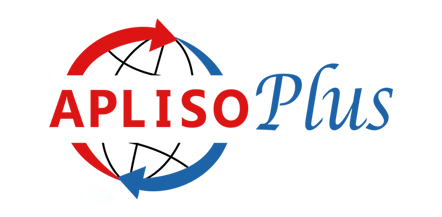When organisations set out to achieve ISO certification—whether ISO 9001 for quality, ISO 14001 for environmental management, ISO 45001 for occupational health and safety, or ISO 27001 for information security—the temptation is often to dive straight into implementation. However, taking this leap without first conducting a Gap Analysis can lead to wasted resources, overlooked risks, and unnecessary setbacks.
A Gap Analysis is the smart starting point for any ISO journey. It provides a clear, evidence-based snapshot of your organisation’s current standing in relation to the requirements of the chosen ISO standard. By identifying strengths, weaknesses, and compliance gaps early, organisations can build a structured roadmap that minimises disruption and accelerates certification success.
Without a Gap Analysis, businesses risk:
- Over-investing in unnecessary processes that do not add value.
- Missing critical compliance requirements that may delay certification.
- Facing inefficiencies from trial-and-error approaches.
- Demotivating staff with unclear priorities and moving targets.
By contrast, a well-executed Gap Analysis gives leadership clarity on priorities, timelines, and resources, making the ISO implementation process smoother, more cost-effective, and ultimately more sustainable.
How to Develop an Effective ISO Implementation Strategy After Your Gap Analysis
Once the gaps are identified, your organisation, in conjunction with your ISO Consultant, can design a targeted ISO strategy. This includes:
- Prioritising high-risk or high-impact areas for improvement.
- Assigning clear roles and responsibilities to ensure accountability.
- Developing a realistic timeline and budget aligned with organisational goals and strategy.
- Embedding training and awareness programs that engage employees.
By approaching ISO implementation in this structured way, organisations transform compliance from a reactive exercise into a proactive business advantage.

By approaching ISO implementation in this structured way, organisations transform compliance from a reactive exercise into a proactive business advantage.


Frequently Asked Questions
1. What exactly is an ISO Gap Analysis?
It’s a structured assessment that compares your current practices against the requirements of a specific ISO standard.
2. How long does a Gap Analysis take?
The timeline depends on the size and complexity of your organization but typically ranges from a few days to several weeks.
3. Can we achieve ISO certification without a Gap Analysis?
Yes, but it significantly increases risks of non-conformance, wasted effort, and longer certification timelines.
4. Who should be involved in the Gap Analysis process?
Key stakeholders from leadership, compliance, operations, and the teams impacted by the ISO standard should all be engaged.










































